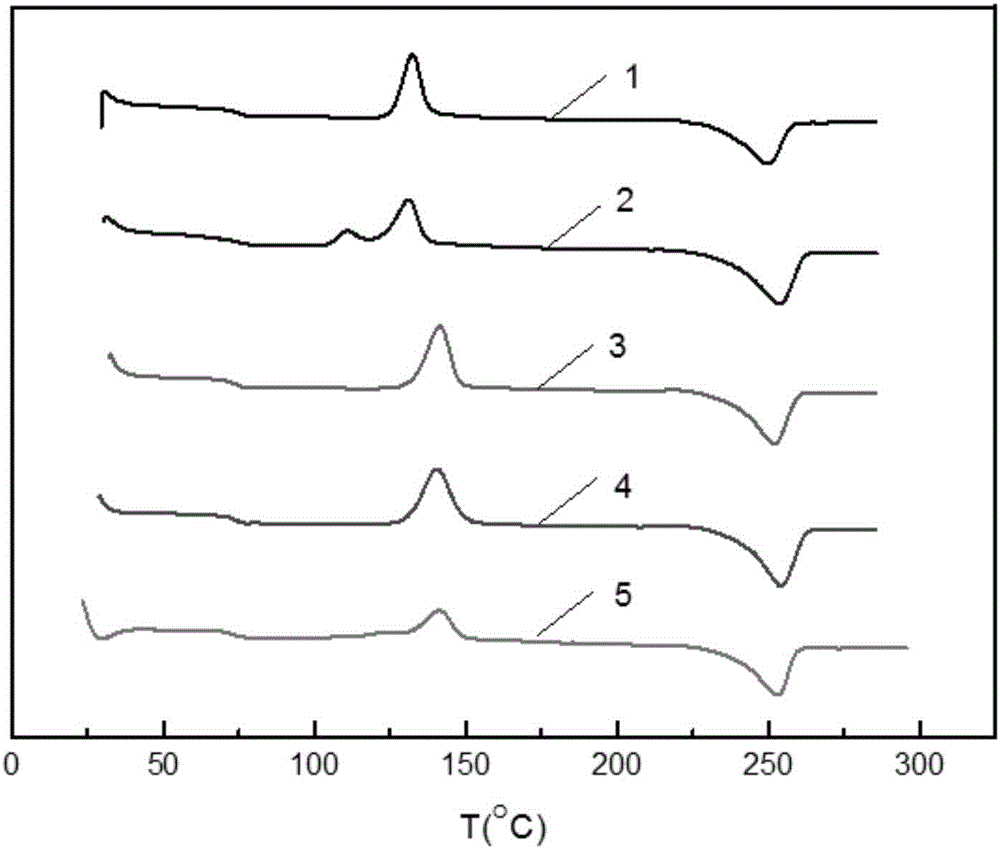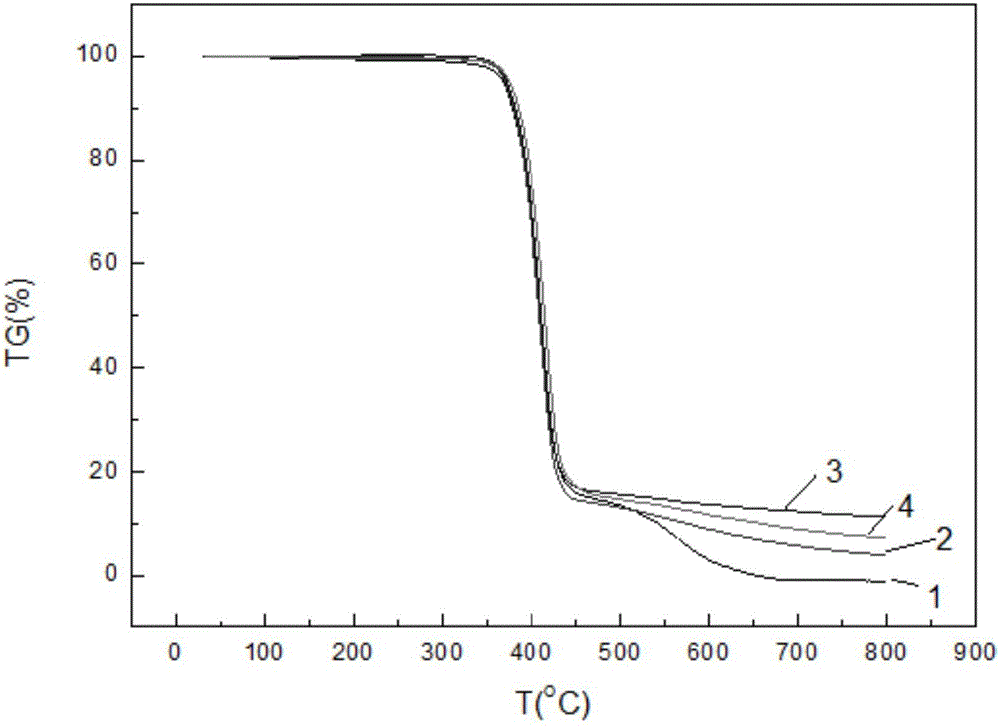Method for preparing PET (polyethylene glycol terephthalate) by composite catalyst
A technology of polyethylene terephthalate and composite catalyst is applied in the field of synthesizing polyethylene terephthalate, and can solve the problems of poor thermal stability, yellow color, low catalytic efficiency and the like of PET products
- Summary
- Abstract
- Description
- Claims
- Application Information
AI Technical Summary
Problems solved by technology
Method used
Image
Examples
experiment example 9~13
[0049] Therefore, the present invention chooses to add the composite catalyst before the esterification reaction or in the esterification reaction stage.
[0050]The inventor also found that the addition of the composite catalyst had an important impact on the esterification reaction time and the polycondensation reaction time in the synthesis of polyethylene terephthalate through a large amount of research. The shorter the time of esterification reaction, and along with the increase of composite catalyst usage amount, polycondensation reaction time shortens first and then increases, and the consumption of composite catalyst is 19 μ g / g (this consumption is based on the weight of terephthalic acid, with titanium in it When the weight of the element), the polycondensation reaction time is the shortest. (see Experimental Examples 14-20 for details)
experiment example 14~20
[0051] Therefore, the present invention selects the consumption of composite catalyst to be (5~50) μ g / g, preferably (9~40) μ g / g, more preferably (15~30) μ g / g, as 9.5 μ g / g, 19 μ g / g g, 28.5 μg / g and 38 μg / g, particularly preferably 19 μg / g, wherein the amount is based on the weight of terephthalic acid and calculated by the weight of titanium element therein.
[0052] In a preferred embodiment of the present invention, the method comprises the following steps:
[0053] Step 1, esterification reaction: add terephthalic acid, ethylene glycol and composite catalyst into the polymerization kettle, mix, preferably raise the temperature, add ethylene glycol and antioxidant, preferably, also add heat stabilizer, and continue mixing;
[0054] Step 2, polycondensation reaction: first make the inside of the reaction kettle in a low vacuum state, and then enter a high vacuum state after a period of time, then raise the temperature in the kettle, and keep stirring until the reaction en...
Embodiment 1
[0087] The preparation of embodiment 1 composite catalyst
[0088] Add 2.23mL of tetraethyl silicate into ethylene glycol, and optionally stir to obtain a diol solution of tetraethyl silicate;
[0089] 1.07 mL of phenylphosphonic acid was added to the above diol solution of tetraethyl silicate, optionally stirred, and then added into 20.47 mL of tetrabutyl titanate to obtain a composite catalyst.
PUM
 Login to View More
Login to View More Abstract
Description
Claims
Application Information
 Login to View More
Login to View More - R&D
- Intellectual Property
- Life Sciences
- Materials
- Tech Scout
- Unparalleled Data Quality
- Higher Quality Content
- 60% Fewer Hallucinations
Browse by: Latest US Patents, China's latest patents, Technical Efficacy Thesaurus, Application Domain, Technology Topic, Popular Technical Reports.
© 2025 PatSnap. All rights reserved.Legal|Privacy policy|Modern Slavery Act Transparency Statement|Sitemap|About US| Contact US: help@patsnap.com



